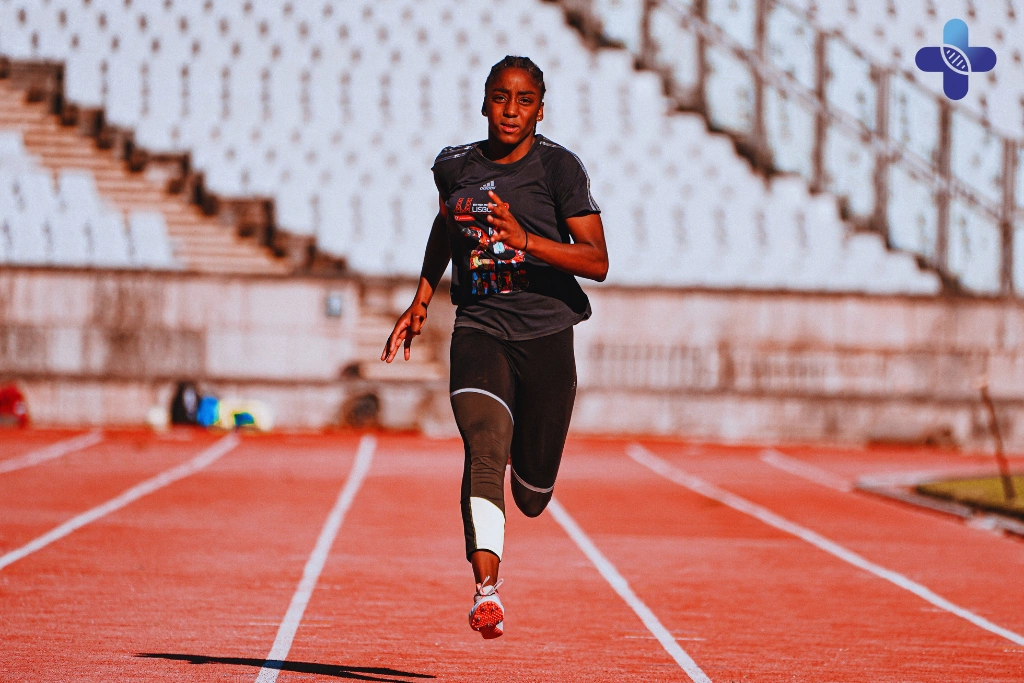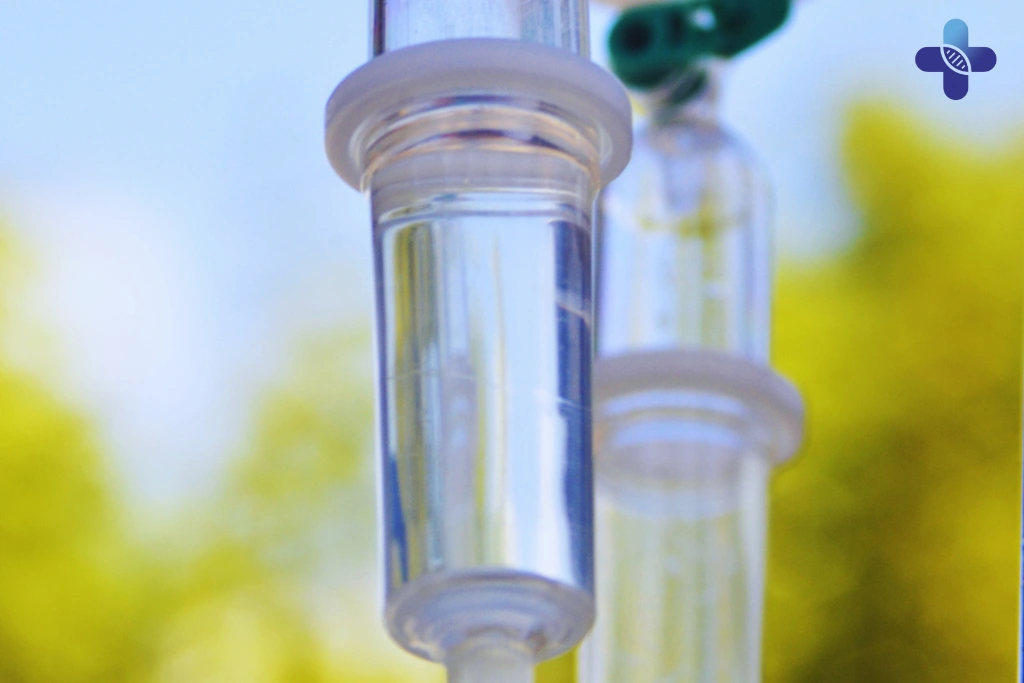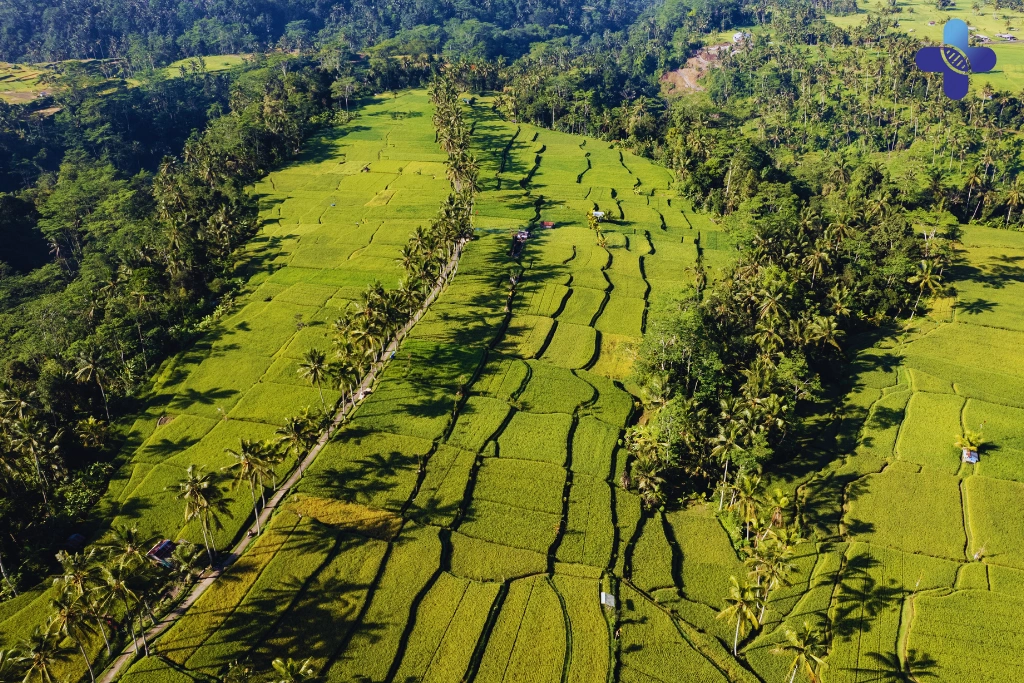Training in hot climates like Bali requires more than just determination—it demands a scientific approach to acclimatization. The intense heat and humidity can significantly impact your core body temperature, hydration status, and athletic performance if not managed properly. This guide provides a structured, evidence-based protocol to help you adapt safely and effectively. Whether you’re a runner, CrossFit enthusiast, or coach leading a retreat, understanding how your body responds to heat is essential to optimizing your results and preventing heat-related illness.
The Athlete’s Protocol for Acclimatizing to Bali’s Heat & Humidity

You’ve arrived in Bali ready to train. The beaches inspire sprints, the hills call for endurance, and the gyms are elite. But the dense humidity and relentless heat hit harder than expected. For serious athletes, training in hot climate like Bali isn’t just physically demanding—it can disrupt core performance, increase injury risk, and delay recovery.
Understanding how to acclimatize to heat and humidity isn’t a luxury—it’s a scientific necessity. From changes in sweat rate to shifts in plasma volume and thermoregulation, your body is going through major stress. But with the right protocol, you can train smarter, not harder.
This guide from Life Everyouth Bali, a trusted Medical Clinic in Bali, offers a structured 14-day acclimatization plan designed specifically for athletes. It combines evidence-based hydration strategies, recovery tools like IV Drips, and smart environmental exposure to help you reach peak performance—even under the sun.
Whether you’re lifting at one of the island’s best gyms or running in Bali heat, this is your roadmap to adapt, perform, and thrive. Let’s get started.
The Science: What’s Happening to Your Body in the Heat?
When you begin training in hot climate environments like Bali, your body shifts into a high-alert state. To prevent overheating, your system activates thermoregulation, increasing sweat production and redirecting blood flow from muscles to the skin. This compromises your power output, raises your heart rate, and puts more pressure on your cardiovascular system.
You’ll also experience faster electrolyte loss and a drop in plasma volume, which impairs your body’s ability to cool down efficiently. These changes can lead to early fatigue, slower recovery, and in extreme cases, heat-related illness. That’s why hydration alone isn’t enough—your strategy must focus on restoring both fluids and minerals.
At Life Everyouth Bali, a leading Medical Clinic in Bali, we often see athletes underperform due to poor acclimatization. Understanding what’s happening inside your body is the first step. With the right support, like IV Drip Therapy from a reputable Bali Medical Clinic, you can regain balance and train at full capacity, even in extreme conditions.
The 14-Day Heat Acclimatization Protocol

To adapt to Bali’s heat safely and effectively, athletes need a structured plan—not guesswork. This 14-day protocol is designed to gradually expose your body to heat stress while allowing for physiological adaptation. It’s a proven method used by endurance athletes and elite coaches worldwide.
At Life Everyouth, a trusted Medical Clinic in Bali, we guide patients through heat acclimatization using these principles. Here’s how to break it down:
- Days 1–4: Adaptation Phase
Begin with light sessions at 50–60% of your normal intensity and duration. Focus on allowing your core body temperature and sweat rate to adjust. Train early in the morning when temperatures are lower, and prioritize full recovery. Expect fatigue to hit faster—this is normal. - Days 5–9: Build Phase
Gradually increase training time each day, but keep intensity moderate. Your body is increasing plasma volume, helping with thermoregulation and hydration efficiency. Monitor your heart rate—any drastic elevation could signal heat stress. Hydrate with electrolyte-rich fluids to support mineral retention. - Days 10–14: Performance Phase
By now, you’ll notice reduced perceived exertion and better endurance in the heat. Start reintroducing high-intensity intervals, but only if recovery metrics (sleep, resting HR, hydration status) are stable. This is also the ideal time to integrate IV therapy at Life Everyouth Bali, a premier Bali Medical Clinic, to replenish what the heat has depleted.
Stick to the plan, and your body will adapt. Each phase has a purpose—and skipping ahead too fast increases your risk of injury, burnout, and heat-related illness.
Your Most Critical Tool: A Hyper-Hydration Strategy
In Bali’s tropical heat, training in hot climate conditions means you’re likely losing 1.5 to 3 liters of sweat per hour during intense sessions. That’s not just water—it’s sodium, potassium, and other vital electrolytes your muscles and nerves rely on. Without proper replacement, your performance will suffer long before you notice it.
At Life Everyouth, a leading Medical Clinic Bali, we emphasize that hydration isn’t just about drinking water—it’s about replacing what you’ve lost. Here’s a pro tip: weigh yourself before and after training. For every 1 kg of body weight lost, you need about 1–1.5 liters of fluid to rehydrate. This simple method helps you calculate your personal sweat rate, which is crucial for planning your intake.
More importantly, ditch plain water during prolonged activity. Use drinks that contain sodium, magnesium, and potassium. If you’re exercising in Bali heat daily, consider periodic support from a Bali Medical Clinic like Life Everyouth Bali, where medical-grade hydration solutions—including electrolyte-balanced IV drips—can help you stay ahead of the curve.
Supporting Your Adaptation: The Role of Advanced Recovery
Even with careful hydration and smart pacing, the tropical environment can outpace your body’s ability to recover. When you’re training in hot climate conditions like Bali, extreme sweat rate and electrolyte loss can leave you depleted for hours or even days—especially during the early phases of heat acclimatization.
At Life Everyouth, a trusted Medical Clinic in Bali, we often remind athletes that drinking alone isn’t enough when your system is under heavy environmental stress.
- Why Drinking is a Losing Battle Against Extreme Sweat Loss
When you’re losing 2–3 liters of sweat in one training session, it becomes nearly impossible to rehydrate fast enough with oral fluids alone. Your digestion also slows under heat stress, meaning fluid absorption becomes inefficient just when you need it most. This can delay recovery and increase the risk of heat-related illness. - IV Hydration: The Pro Athlete’s Acclimatization Tool
To restore balance quickly, many endurance athletes turn to IV Hydration & Electrolyte Drip therapy—a professional-grade solution that restores plasma volume, corrects electrolyte imbalances, and supports overall thermoregulation. At Life Everyouth Bali, a leading Bali Medical Clinic, our IV protocols are formulated based on performance physiology to support high-output training in hot conditions.
Discover how IV Drip Therapy can accelerate your adaptation in Bali.
Conclusion Training in Hot Climates: A Science-Backed Acclimatization Guide for Bali

Training in Bali’s heat isn’t about proving toughness—it’s about understanding physiology. Heat adaptation is a delicate process that demands structure, strategy, and support. By following the 14-day acclimatization protocol, focusing on hydration science, and monitoring your body’s signals, you’ll begin to reclaim your performance—even under extreme humidity. At Life Everyouth, a performance-driven Medical Clinic in Bali, we see firsthand how planned adaptation leads to sustainable gains.
Whether you’re hitting the track at sunrise, pushing through a CrossFit WOD, or leading a fitness retreat, your body deserves medical-grade support. From electrolyte testing to IV Drip Therapy, Life Everyouth Bali offers tailored solutions that help athletes training in hot climate conditions thrive. Take the heat seriously, and it will reward you with strength, resilience, and elevated performance.
Frequently Asked Questions (FAQ) Training in Hot Climates: A Science-Backed Acclimatization Guide for Bali
How long does it really take to fully acclimatize to the heat?
Initial physiological changes start within the first 3–5 days, such as increased sweat rate and earlier onset of sweating. By days 7–14, you’ll typically notice improvements in core temperature control and a lower heart rate at the same workload. However, for sustained high performance, full acclimatization may take 21 days or more. Factors like training intensity, rest, and hydration habits all influence this timeline. At Life Everyouth, a trusted Medical Clinic in Bali, we support athletes with real-time monitoring of plasma volume and fluid loss to optimize heat adaptation. The key is to respect the process, not rush it.
What are the warning signs of heat stroke I should absolutely not ignore?
Heat stroke symptoms go beyond typical heat exhaustion and should be treated as emergencies. Look for confusion, loss of coordination, hot and dry skin (indicating the body has stopped sweating), nausea, or unconsciousness. Body temperature can spike above 40°C, and if untreated, organ damage may occur within minutes. Immediate cooling, hydration, and medical intervention are critical. At Life Everyouth Bali, an experienced Bali Medical Clinic, we urge athletes to act quickly if these signs appear. Prevention starts with smart hydration, pacing, and following a structured training in hot climate plan.
Should I be taking salt tablets or are electrolyte drinks enough?
Salt tablets may be appropriate in long-duration or ultra-endurance events but should never replace a balanced hydration strategy. They carry risks if taken without adequate water, potentially worsening dehydration or causing sodium imbalance. Well-formulated electrolyte drinks that contain sodium, potassium, and magnesium are safer and more effective for most athletes. When in doubt, individualized plans are best. At Life Everyouth, we help athletes calculate sweat sodium loss and personalize their hydration plans. Our Medical Clinic in Bali also offers electrolyte testing to guide safe supplementation.
What is the absolute best time of day to train outdoors in Bali?
The optimal window is between 6:00 AM and 9:00 AM, when the temperature and UV index are at their lowest. Late afternoon after 4:30 PM is also manageable, though humidity often remains high. Avoid midday training unless absolutely necessary, especially in the first 2 weeks of acclimatization. Early exposure allows for effective thermoregulation practice without overwhelming the system. At Life Everyouth Bali, a performance-focused Medical Clinic in Bali, we help athletes schedule training strategically during their adaptation period. Smart timing reduces injury risk and speeds up physiological gains.
My running pace has dropped by a minute per kilometer. Is this normal?
Yes, it’s completely normal—even expected. The body diverts blood flow away from muscles toward the skin to aid cooling, which reduces oxygen delivery and muscular output. As a result, pace slows, perceived effort increases, and workouts feel harder. Over time, with proper adaptation, your cardiovascular efficiency improves and pace begins to normalize. At Life Everyouth, a dedicated Medical Clinic in Bali, we recommend using effort-based or heart rate-based metrics rather than pace early on. Your long-term gains are worth the temporary dip.
How can I accurately measure my sweat rate?
Start by weighing yourself naked before and after a one-hour training session, ideally under heat-stress conditions. Subtract your post-training weight from the pre-training weight, then add the volume of fluid you drank during the session. The result, in liters per hour, is your sweat rate. This figure is essential for developing your hydration and electrolyte replacement strategy. At Life Everyouth Bali, a performance-oriented Medical Clinic Bali, we assist athletes in monitoring sweat composition and volume for optimized recovery. Precision leads to performance.
Does an IV drip contain any banned or performance-enhancing substances?
No. Our IV Drip Therapy contains only medical-grade fluids such as saline, essential electrolytes, and vitamins like B-complex and C—all naturally found in the body. It is not a performance-enhancer but a recovery aid, helping restore fluid balance and metabolic efficiency. This method is widely used in elite sports as part of recovery and rehydration protocols. At Life Everyouth, a professional Bali Medical Clinic, we ensure all IV ingredients are WADA-safe and suitable for international athletes. It’s about legal, science-backed recovery—not shortcuts.
To acclimatize faster, is it better to train outside or in an air-conditioned gym?
To build real heat tolerance, exposure to outdoor conditions is essential. Training indoors in air conditioning can help you maintain intensity without the environmental load, which is useful during deload or injury risk periods. A hybrid approach—early morning outdoor sessions paired with indoor strength or skill work—is often ideal. This gives you the benefits of environmental stress without compromising quality. At Life Everyouth Bali, a trusted Medical Clinic in Bali, we coach athletes on structuring their week around progressive heat adaptation.
Will I lose my heat acclimatization if I go back to a cold country for a week?
Yes, heat adaptations begin to diminish after 5–7 days without exposure to hot environments. You’ll notice reduced sweat rate, higher heart rate, and greater perceived exertion once you return. The good news is reacclimatization is often faster than the initial phase, especially if you’ve built a solid foundation. Athletes returning to Bali should plan for a mini re-acclimatization cycle. At Life Everyouth, we help travelers retrain their thermoregulation system through planned training in hot climate protocols and supportive therapies like IV hydration.
My heart rate is much higher for the same effort. Is that dangerous?
This increase is called cardiac drift, and it’s a natural response to exercising in heat. As you lose fluids and electrolytes, your blood volume decreases, making your heart work harder to deliver oxygen. While not inherently dangerous, it signals your body is under stress and needs close monitoring. If symptoms like dizziness, blurred vision, or nausea appear, stop immediately and hydrate. At Life Everyouth Bali, an advanced Medical Clinic Bali, we help athletes interpret these signs and adjust training zones to keep adaptation both effective and safe.
